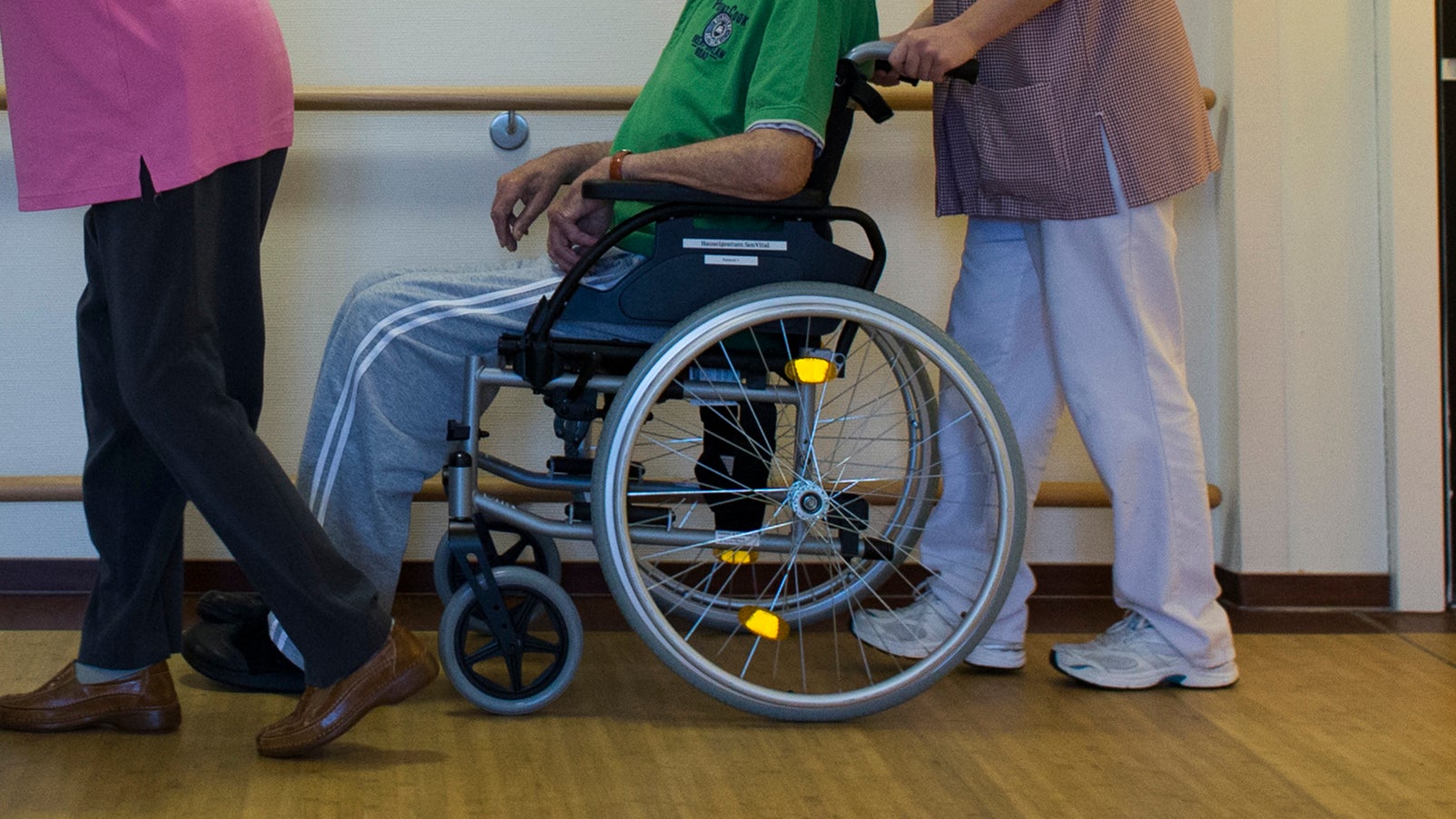For domestic workers forced to sit out the women’s strike, existence is resistance
On a brisk Saturday afternoon in early February, women filed into a brightly lit New York City meeting room crowded with foldable chairs and the excited chatter of old friends meeting again. They were members of Domestic Workers United: an organization of Caribbean, African, and Latina caregivers, housekeepers and nannies. And they were gathered to discuss the continued resistance against Trump’s immigration policies, among other issues.


On a brisk Saturday afternoon in early February, women filed into a brightly lit New York City meeting room crowded with foldable chairs and the excited chatter of old friends meeting again. They were members of Domestic Workers United: an organization of Caribbean, African, and Latina caregivers, housekeepers and nannies. And they were gathered to discuss the continued resistance against Trump’s immigration policies, among other issues.
Toward the front of the room, near a banner reading “Domestic Workers for Legalization,” sat Dianne Thompson (not her real name), herself an undocumented domestic worker. Thompson grew up in Kingston, Jamaica. After working as an accountant for a few years, she immigrated to New York City in 2000. Today, she takes classes to finish her bachelors in human services at New York City College of Technology in the morning and works as a domestic worker in a home on the Upper West Side in the afternoon and evening.
“We’re all in this together,” she says of her fellow domestic workers. “And this is a time to embrace each other, and call each other and check in, because something ought to be done about [Donald Trump].”
Domestic Workers United has been active in New York for 17 years, but Trump’s election has brought a heightened sense of urgency to their monthly meetings. Members of Domestic Workers United marched alongside thousands at the Women’s March on Washington in January. Now they are asking themselves if, and how, they will take part in the march’s follow-up, “A Day Without A Woman.” Organizers of the March 8 strike have asked women to participate by taking the day off (from both paid and unpaid labor), avoiding shopping, or wearing red as a show of support.
Some people have worried that the strike may inadvertently exclude women of color—especially domestic workers of color—as well as millions of other low-income workers who cannot safely take the day off. But the truth is, whether or not the majority of domestic workers officially strike today, people like Dianne have been publicly spearheading liberal causes for decades.
Lawmakers have historically excluded domestic workers from labor rights legislation. The 1935 Wagner Act, which protected the right of employees to form unions and participate in strikes, and the 1938 Fair Labor Standards Act, which established minimum wage and overtime compensation for millions of US workers, initially excluded many domestic workers. It would take more than 75 years for the FLSA to include comprehensive provisions for home-care workers.
The right to bargain collectively was also excluded from the Bill of Rights, and although the National Labor Relations Act of 1935 helped workers fight for fair pay, enforcement of the bill in the precarious space of the home has proved almost impossible. Working conditions and wages are still often negotiated on a family-by-family basis, regulation is weak, and the workforce is predominately women of color who face rampant discrimination.
Despite these laws, and arguably because of them, domestic workers have long understood the benefits of organized protests. Before terms like intersectionality became trendy, domestic workers agitated for a variety of causes, including, notably, the Civil Rights movement. As Premilla Nadasen, author of Household Workers Unite: The Untold Story of African American Women Who Built a Movement notes, domestic workers played a crucial role in the Montgomery Bus Boycott.
“Most of the people who rode the buses in Montgomery in 1955 were domestic workers, so that boycott would not have been a success had domestic workers not supported it,” says Nadasen.
So far, hundreds of domestic workers and members of the National Domestic Worker Alliance are planning to gather for a rally in front of the Department of Labor in Washington, DC on March 8. Similar actions will take place in Georgia, Florida, and in parts of California, says Andrea Mercado, campaign director of the National Domestic Workers Alliance. Mercado explains that the NDWA is not endorsing a national domestic workers strike because she knows how difficult it is for many workers to take the day off. But she also believes politicians and activists need to work together to ensure as many domestic workers as possible are able to participate in events like the women’s strike going forward.
“Domestic workers can’t win alone,” Mercado says. “And right now when the stakes are so high and the attacks on our community are so intense, it is going to require a coming together, and one that centers women of color and directly impacted communities.”
So how can we create opportunities for more women, and women of color in particular, to join movements and moments like the strike? For one thing, we can support their existing efforts.
In New York, Domestic Workers United employs a grassroots strategy that aims to educate workers about their rights. DWU teaches its members techniques for communicating with their employers through worker consciousness trainings and monthly meetings, as well as through collaborations with the Public Theater and poetry workshops with PEN America.
Back in Manhattan, Dianne Thompson is hopeful she will be able to strike because she has been working for the same family for 13 years and has built up a lot of goodwill. She knows many of her fellow workers will not be so lucky. But these men and women have long understood the important role their community plays in the broader progressive movement. This is not their first strike, and it will certainly not be their last. “I will be in solidarity either way,” she says.